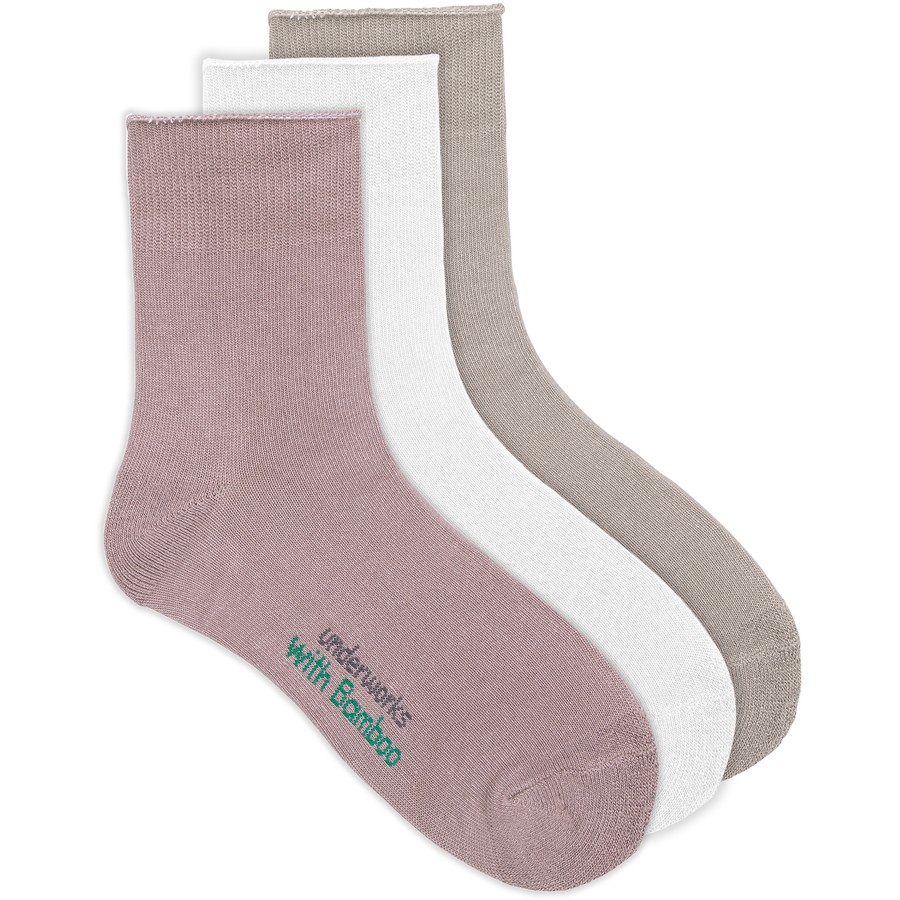
I’m excited to explore the topic of reducing chemical footprints through the non-toxic production of bamboo clothing.
In this article, we’ll dive into the environmental impact of traditional clothing production, discuss the benefits of using bamboo as a sustainable material, and explore the harmful chemicals commonly used in conventional clothing manufacturing.
We’ll also look at non-toxic alternatives in bamboo clothing production, the importance of eco-friendly dyes and finishes, and innovations in bamboo fabric manufacturing.
Join me on this journey towards a chemical-free future in fashion.
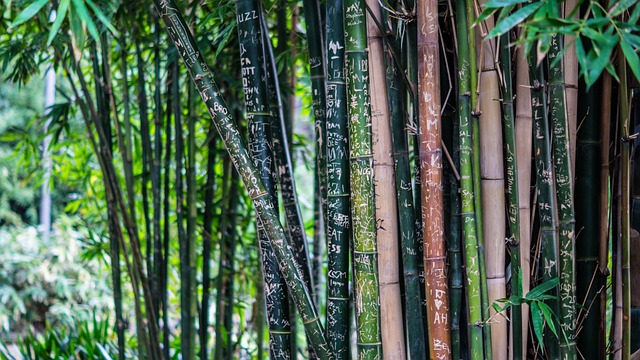
Key Takeaways
- Bamboo clothing production requires minimal use of pesticides and fertilizers compared to conventional crops.
- The production of bamboo clothing does not involve the use of harmful chemicals.
- Bamboo clothing production results in less chemical waste being released into the environment.
- The manufacturing process of bamboo clothing emits lower carbon emissions compared to traditional clothing production.
The Environmental Impact of Traditional Clothing Production
You may not realize the significant environmental impact that traditional clothing production has on our planet. From the cultivation of cotton to the manufacturing processes involved, the fashion industry is responsible for a large portion of pollution and waste.
The use of pesticides and fertilizers in cotton farming contaminates soil and water sources, harming ecosystems and wildlife. Additionally, the energy-intensive processes of dyeing and finishing fabrics release harmful chemicals into the air and water, contributing to air pollution and water contamination.
The disposal of clothing also poses a problem, as synthetic fibers take hundreds of years to decompose in landfills. It is crucial that we become aware of the negative consequences of traditional clothing production and seek sustainable alternatives like bamboo clothing to reduce our environmental footprint.
The Benefits of Bamboo as a Sustainable Material
When considering sustainable materials, it’s important to recognize the benefits of bamboo.

Bamboo is a remarkable resource that offers numerous advantages in terms of sustainability. Firstly, bamboo grows incredibly fast, making it a highly renewable material. It can reach maturity in just a few years, unlike traditional trees that may take decades to grow.
Additionally, bamboo requires minimal water and does not need pesticides or fertilizers to thrive. This makes it an eco-friendly option that reduces chemical footprints and minimizes environmental impact.
Moreover, bamboo has a high carbon sequestration capacity, meaning it can absorb more carbon dioxide from the atmosphere compared to other plants.
Harmful Chemicals Used in Conventional Clothing Manufacturing
Using synthetic dyes and chemical finishes in the manufacturing of conventional clothing can have detrimental effects on both the environment and human health.
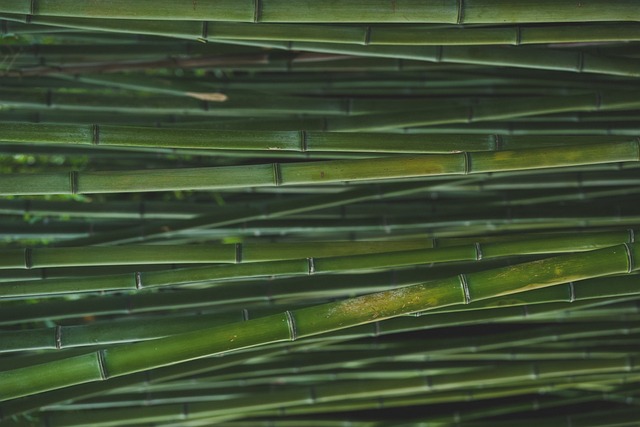
The use of these chemicals contributes to water pollution, as they can leach into rivers and oceans during the dyeing and finishing processes. Additionally, these chemicals can also contaminate the soil, affecting the health of plants and animals.
Moreover, the production of synthetic dyes and chemical finishes often involves the release of harmful gases into the air, contributing to air pollution and climate change.
In terms of human health, exposure to these chemicals can lead to skin irritation, allergies, and respiratory problems.
It is clear that the use of synthetic dyes and chemical finishes in conventional clothing manufacturing is unsustainable and poses significant risks to both the environment and our well-being.
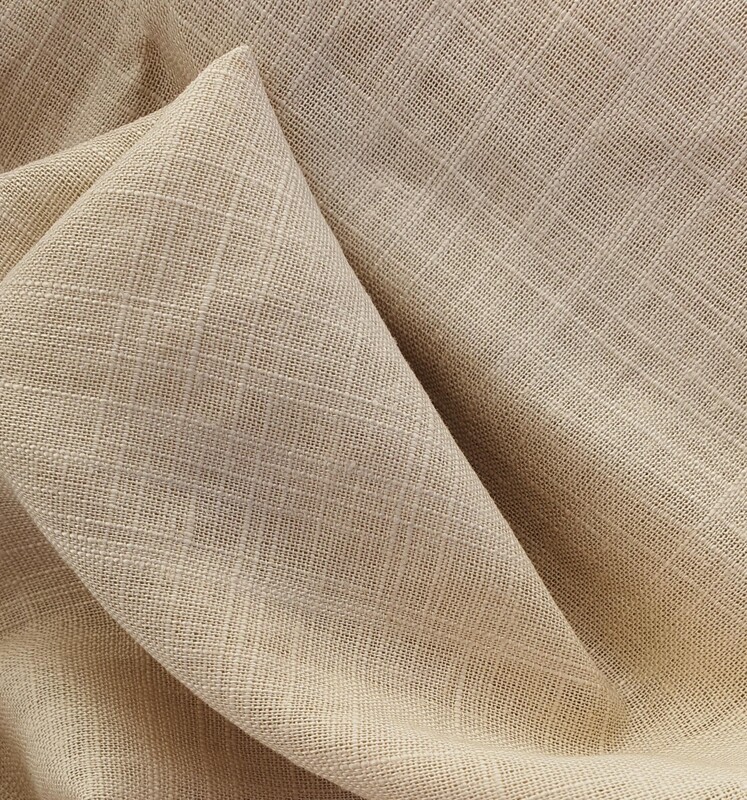
Non-Toxic Alternatives in Bamboo Clothing Production
When it comes to eco-friendly dyeing options and sustainable fiber cultivation, there are several key points to consider.
First, choosing natural dyes made from plant-based sources can minimize the environmental impact of dyeing processes.
Second, sustainable fiber cultivation practices, such as organic farming and regenerative agriculture, can reduce the use of harmful chemicals and promote soil health.
Lastly, supporting brands that prioritize these options can help drive the shift towards a more sustainable and environmentally-friendly fashion industry.
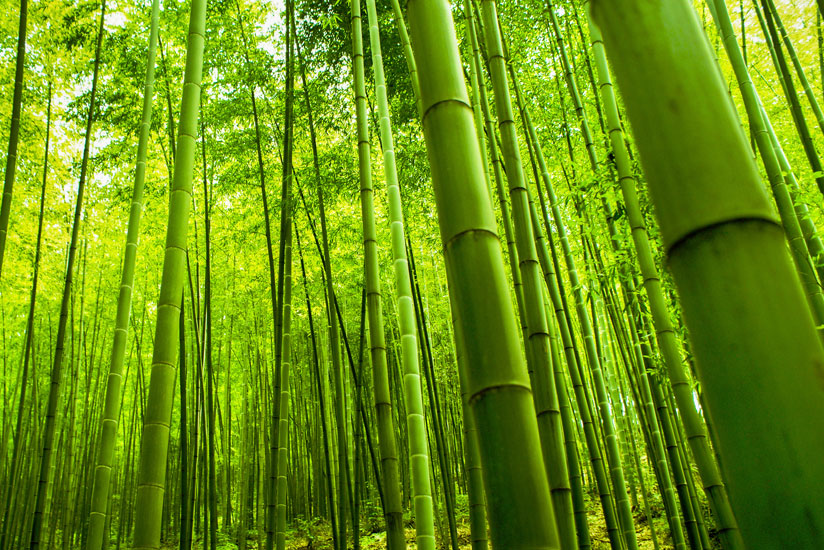
Eco-Friendly Dyeing Options
One option for eco-friendly dyeing of bamboo clothing is to use natural plant-based dyes. These dyes are made from various plants and do not contain harmful chemicals or toxins. As someone who is passionate about sustainability, I find this method of dyeing to be a great alternative to conventional methods.
Not only are plant-based dyes safer for the environment, but they also produce unique and vibrant colors. The process of using natural dyes may require more time and effort, but the end result is worth it.
Sustainable Fiber Cultivation
To cultivate sustainable fibers, you can opt for organic farming practices that minimize the use of synthetic fertilizers and pesticides. By choosing organic methods, you’re able to grow fibers without harming the environment or compromising the health of workers.
Organic farming relies on natural processes and inputs, such as compost and beneficial insects, to nourish the soil and protect crops from pests. This not only reduces chemical pollution but also helps to maintain biodiversity and soil fertility.
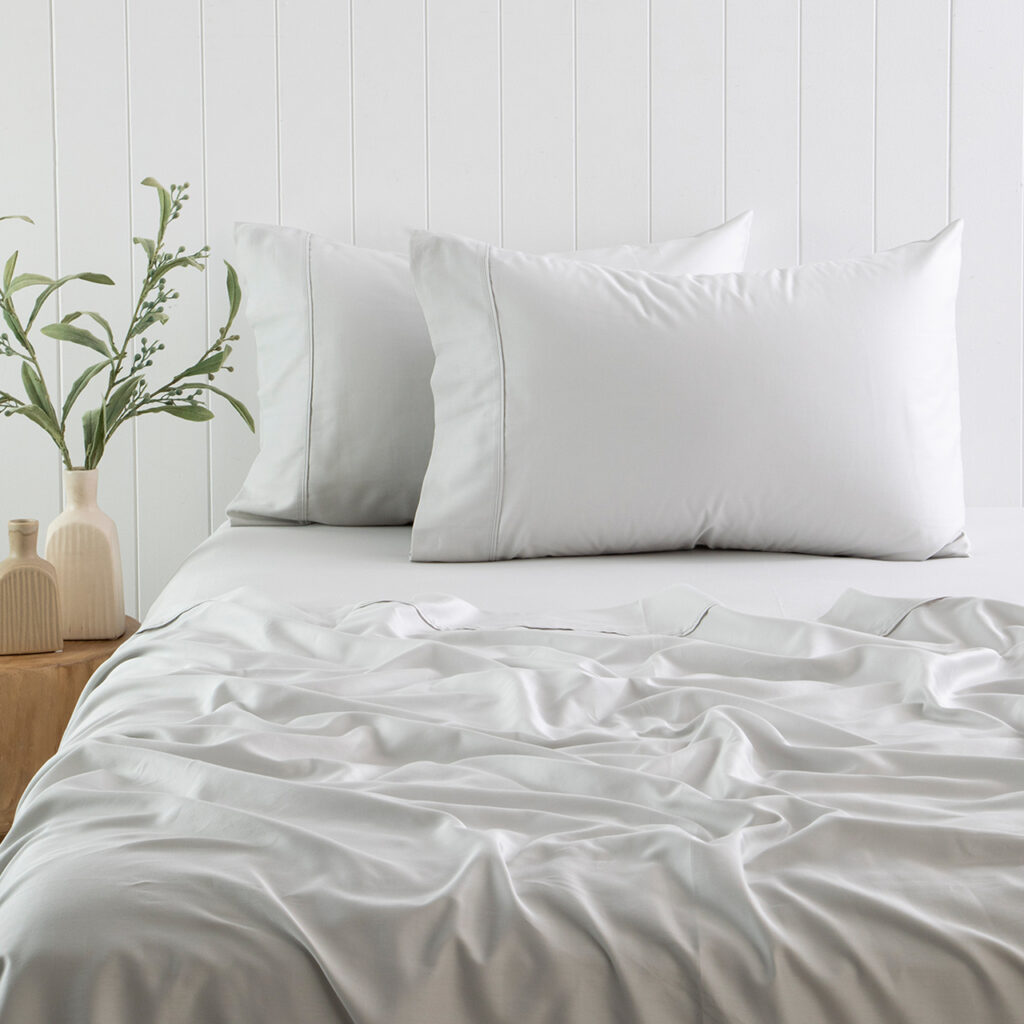
Additionally, organic farming practices promote healthier working conditions for farmers, as they’re not exposed to harmful chemicals. By supporting sustainable fiber cultivation, you’re contributing to a more eco-friendly and socially responsible fashion industry.
The Importance of Eco-Friendly Dyes and Finishes
Take a moment to consider how eco-friendly dyes and finishes play a crucial role in reducing the environmental impact of bamboo clothing production.
When it comes to creating sustainable clothing, the choice of dyes and finishes is just as important as the choice of fiber. Traditional textile dyes often contain harmful chemicals that not only harm the environment but also pose health risks to workers and consumers.
By opting for eco-friendly options, we can ensure that the production process is non-toxic and safe. Eco-friendly dyes and finishes are made from natural and non-toxic materials, reducing the chemical footprint of bamboo clothing.
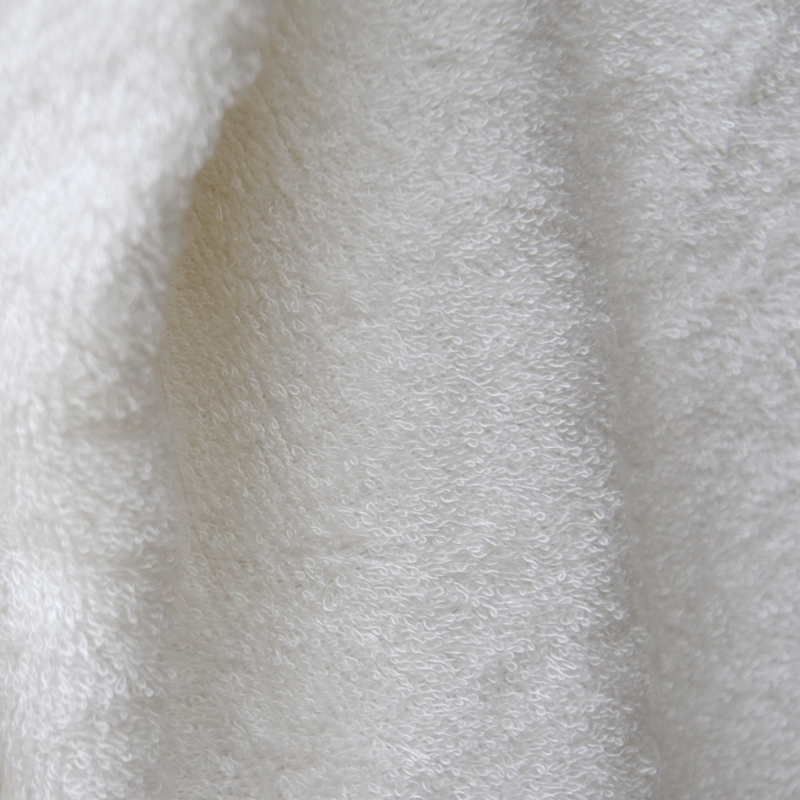
These dyes and finishes also minimize water pollution, energy consumption, and waste generation, making them a much more sustainable choice for the fashion industry.
Innovations in Bamboo Fabric Manufacturing
Using innovative techniques, I’ve found new ways to produce bamboo fabric that is more sustainable and environmentally-friendly. By implementing a closed-loop system in the manufacturing process, I’m able to recycle and reuse water and chemicals, reducing waste and minimizing the chemical footprint.
Additionally, I’ve incorporated mechanical methods to process the bamboo fibers, eliminating the need for harmful chemicals. Through these advancements, I can create bamboo fabric that is free of toxic substances, making it safe for both the consumer and the environment.
Furthermore, I’ve partnered with eco-friendly dye and finish suppliers to ensure that the entire production process remains environmentally conscious. Overall, these innovations have allowed me to produce bamboo fabric that is not only stylish and comfortable but also sustainable and non-toxic, promoting a greener fashion industry.

Steps Towards a Chemical-Free Future in Fashion
By implementing closed-loop systems and mechanical methods in fashion manufacturing, I am making significant strides towards a chemical-free future.
With the growing concern about the environmental impact of the fashion industry, it is crucial to find alternative ways to produce clothing without harmful chemicals.
Closed-loop systems, such as waterless dyeing and solvent recycling, allow us to minimize the use of chemicals and reduce waste.
Additionally, mechanical methods like steam and heat are being used to eliminate the need for toxic substances in the production process.
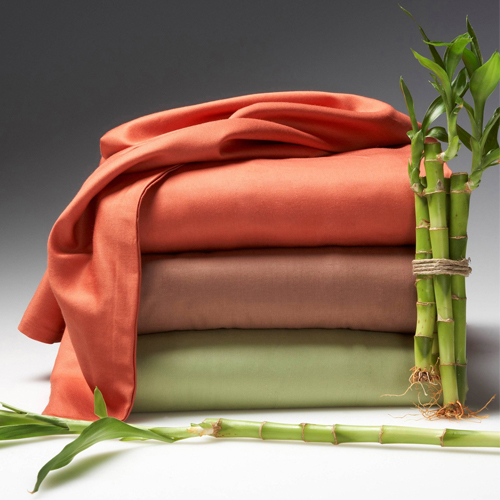
These innovations not only benefit the environment but also ensure the safety and well-being of the workers involved.
As a fashion manufacturer, I am committed to embracing these practices and leading the way towards a healthier and more sustainable future for the industry.
Frequently Asked Questions
What Are Some Examples of Harmful Chemicals Used in Conventional Clothing Manufacturing?
Some harmful chemicals used in conventional clothing manufacturing include pesticides, synthetic dyes, and formaldehyde. These substances can have negative effects on both the environment and human health, making non-toxic alternatives like bamboo clothing a better choice.
How Does Bamboo Compare to Other Materials in Terms of Sustainability?
Bamboo is known for its sustainability compared to other materials. It requires less water and pesticides to grow, making it a more eco-friendly option. This makes bamboo clothing a great choice for reducing our environmental impact.
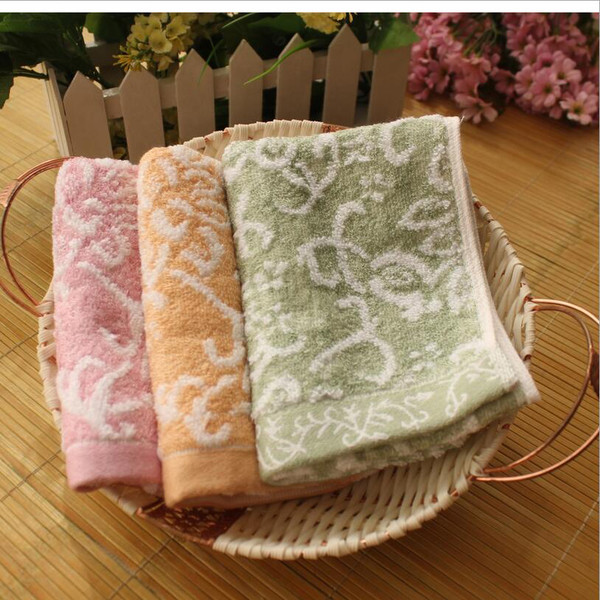
What Are Some Non-Toxic Alternatives Used in Bamboo Clothing Production?
Some non-toxic alternatives used in bamboo clothing production include mechanical processing, where the bamboo is mechanically crushed and then spun into fibers, and the use of natural dyes instead of chemical ones.
What Are Eco-Friendly Dyes and Finishes and Why Are They Important in Bamboo Clothing Production?
Eco-friendly dyes and finishes are crucial in bamboo clothing production because they minimize environmental impact. By reducing chemical footprints, they help create a sustainable and non-toxic manufacturing process, benefiting both the planet and our health.
What Are Some Innovative Methods Used in Bamboo Fabric Manufacturing?
Some innovative methods used in bamboo fabric manufacturing include mechanical processing, where the bamboo is mechanically crushed and then spun into fibers. This reduces the need for chemical processing and helps to create a more eco-friendly and non-toxic production process.
Conclusion
In conclusion, I’m truly amazed by the potential of bamboo clothing in reducing our chemical footprints. By embracing non-toxic alternatives in manufacturing and adopting eco-friendly dyes and finishes, we can create a sustainable and healthier future for the fashion industry.
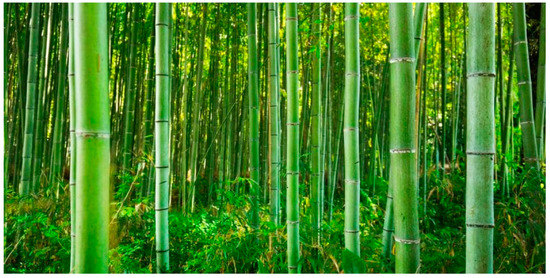
Innovations in bamboo fabric production are paving the way towards a chemical-free future. It’s time for us to take steps towards a more responsible and environmentally conscious approach to clothing production.
Together, we can make a significant impact and preserve our planet for future generations.
